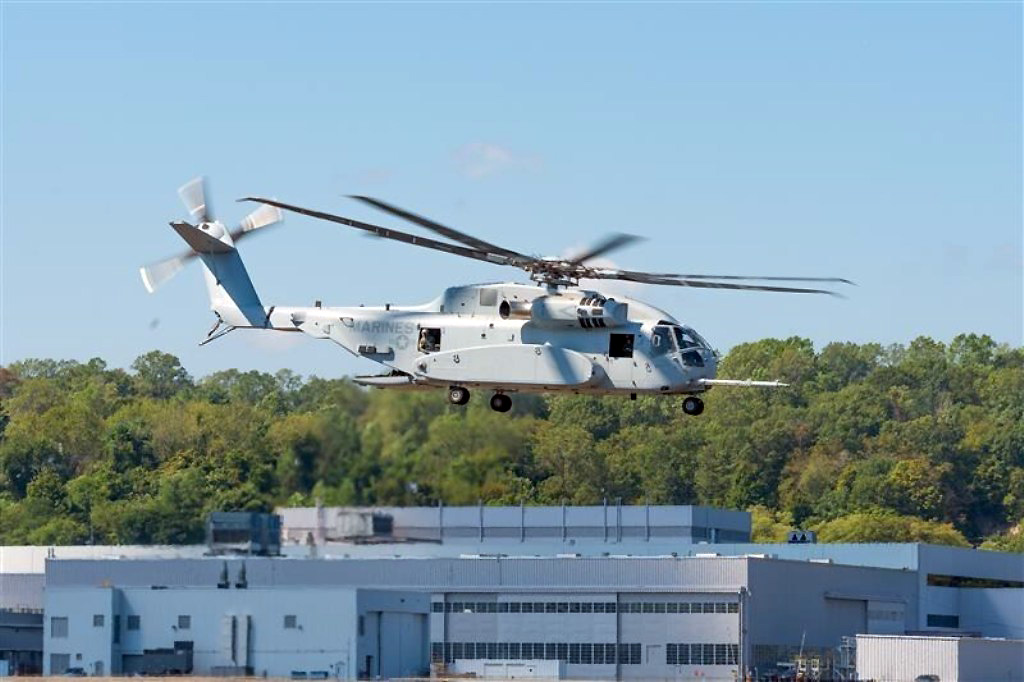Upgrading the Heart of the Italian Army: The VBM 30 NG
In the early 2000s, the Italian Army embarked on a significant transformation, modernizing its combat capabilities by introducing medium, wheeled armored units. This initiative was marked by the development of the VBM (Veicolo Blindato Medio or Medium Armored Vehicle), also known as Freccia. This vehicle was designed to bolster the operational efficiency of the “Pinerolo” and “Aosta” brigades, and it saw its first deployment in Afghanistan in 2010. Fast forward to today, the Italian Army is set to receive a new iteration of this vehicle: the VBM 30 NG (New Generation). As the Italian government signed a contract for 76 of these upgraded models on December 30, 2024, the wheels are set in motion to enhance the capabilities of this formidable platform.
A Collaborative Upgrade
The unveiling of the VBM 30 NG offers a fascinating insight into contemporary armored vehicle design, driven by collaborations between CIO (Consorzio Iveco-Oto Melara), IDV, and Leonardo. Each company plays a pivotal role, with IDV focusing on the vehicle platform and Leonardo dedicating attention to the turret and weapon systems. Informatively, the enhancements under the VBM Plus program aimed to reduce obsolescence and extend the operational life of existing units, emphasizing incremental improvements without compromising on payload and mobility.
Evolving with the Times: Improved Protection and Performance
Since its inception, the global security landscape has shift, necessitating updates to the VBM design. The VBM 30 NG stands as a testament to these considerations, implementing a complete hull redesign that enhances both ballistic protection and mine resistance. The creativity in design eliminates the traditional wheel arches and introduces a V-shaped hull base to better absorb and deflect explosive impacts. These innovations are rooted in real-world battlefield lessons, highlighting the vehicle’s ability to adapt to emerging threats.
Moreover, the decision to increase the vehicle’s gross weight from 33 tonnes to 35 tonnes reflects a broader push for enhanced performance. The VBM 30 NG boasts a redesigned engine that ramps up output from 660 hp to 720 hp, ensuring that the vehicle maintains its agility and effectiveness even under increased operational demands. In connection to this, the maintenance procedures have been simplified, emphasizing the need for logistical efficiency in combat zones.
A New Era of Firepower
Advancements don’t stop at performance—the VBM 30 NG is also armed with modern weaponry that elevates its battlefield capabilities. A key highlight of the new turret design is the incorporation of a 30 mm X-Gun, a significant upgrade from the previous generation’s 25 mm cannon. This transition not only meets NATO lethality standards but also introduces the capacity to use advanced airburst ammunition. Such developments are further enhanced by new electronic systems, including the Janus-D digital panoramic sight, which improves targeting accuracy and situational awareness.
Additionally, the introduction of the Spike LR2 missile system extends the anti-tank capabilities of the vehicle, enabling it to engage targets well beyond line of sight, leveraging real-time battlefield data. This upgrade is a game-changer for the VBM 30 NG, allowing it to operate efficiently in complex combat scenarios.
Enhanced Command and Communication
Incorporating cutting-edge technology, the command and communication capabilities of the VBM 30 NG have been significantly bolstered. Equipped with the C2D/N EVO command and control system, the vehicle now offers three distinct displays for the turret crew, enhancing their situational awareness and command efficiency. This upgrade mitigates the confusion often associated with navigating between different operational screens, streamlining the process of managing vital situational information.
The communication suite leverages advanced systems, such as the SWave Vehicular Quad-channel Type1 (VQ1) radio and Harris AN/PRC-152A, providing extensive coverage across various frequency bands, and integrating sophisticated SATCOM capabilities. These enhancements ensure that the vehicle remains connected, no matter the terrain or combat conditions.
Looking Ahead: Future-proofing the VBM
The creative efforts behind the VBM 30 NG don’t halt at the launch; there are ongoing discussions about integrating artificial intelligence algorithms for potential future upgrades. From automated target recognition to decision-support systems designed to ease commander workloads, the focus is on creating a responsive and intelligent vehicle.
Moreover, the concept of hybrid propulsion is also gaining traction, reflecting an industry-wide shift toward sustainable military solutions. The ambition for a hybrid VBM variant speaks volumes about the future direction of armored vehicle technology.
Navigating Two Generations of Freccia
As the Italian Army prepares for the influx of VBM 30 NG vehicles, the integration of older Freccia models presents a logistical challenge. With 330 units of the original design already delivered and a total of 630 planned, the Army must manage two generations of equipment effectively. The operational flexibility remains paramount, with specialized adaptations ensuring that all version combat vehicles can fulfill distinct roles within their brigades.
With the prototypes set to enter testing by late 2027 and deliveries expected to commence a year later, the groundwork is already laid for a resilient and modernized armored force, capable of meeting future challenges while honoring its legacy. As the VBM 30 NG emerges from the drawing board to the battlefield, it encapsulates the spirit of innovation and progress that defines the modern Italian Army.
Images courtesy of CIO, Leonardo, Rafael, and the author’s photography.





